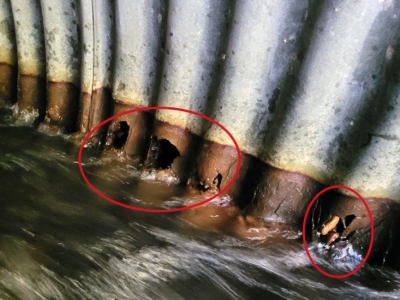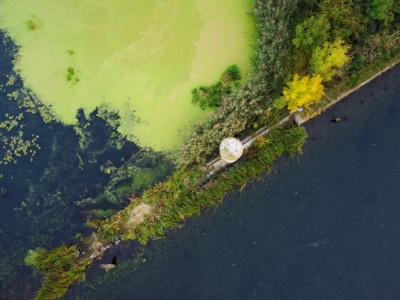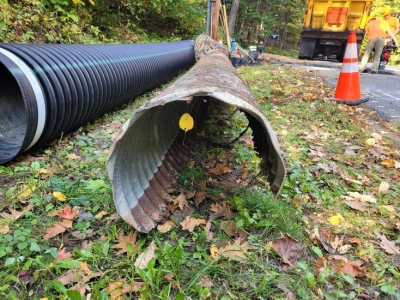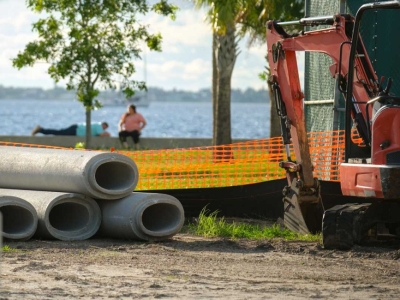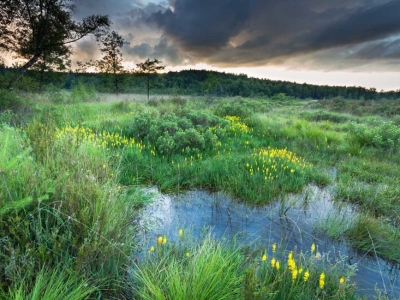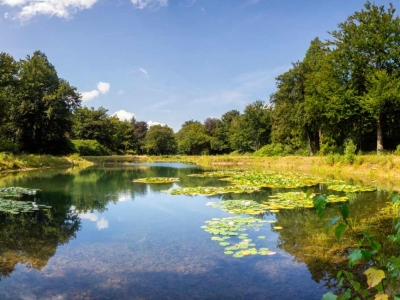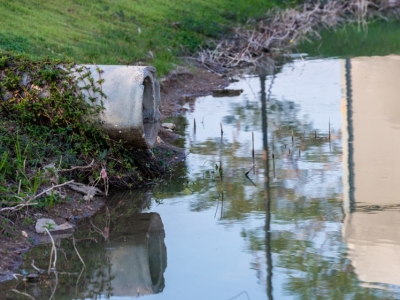A brownfield is real property whose reuse or redevelopment is complicated by the presence or potential presence of a hazardous substance, pollutant, or contaminant. Congress added this definition to the Comprehensive Environmental Response, Compensation and Liability Act (CERCLA), recognizing that l…
continue
